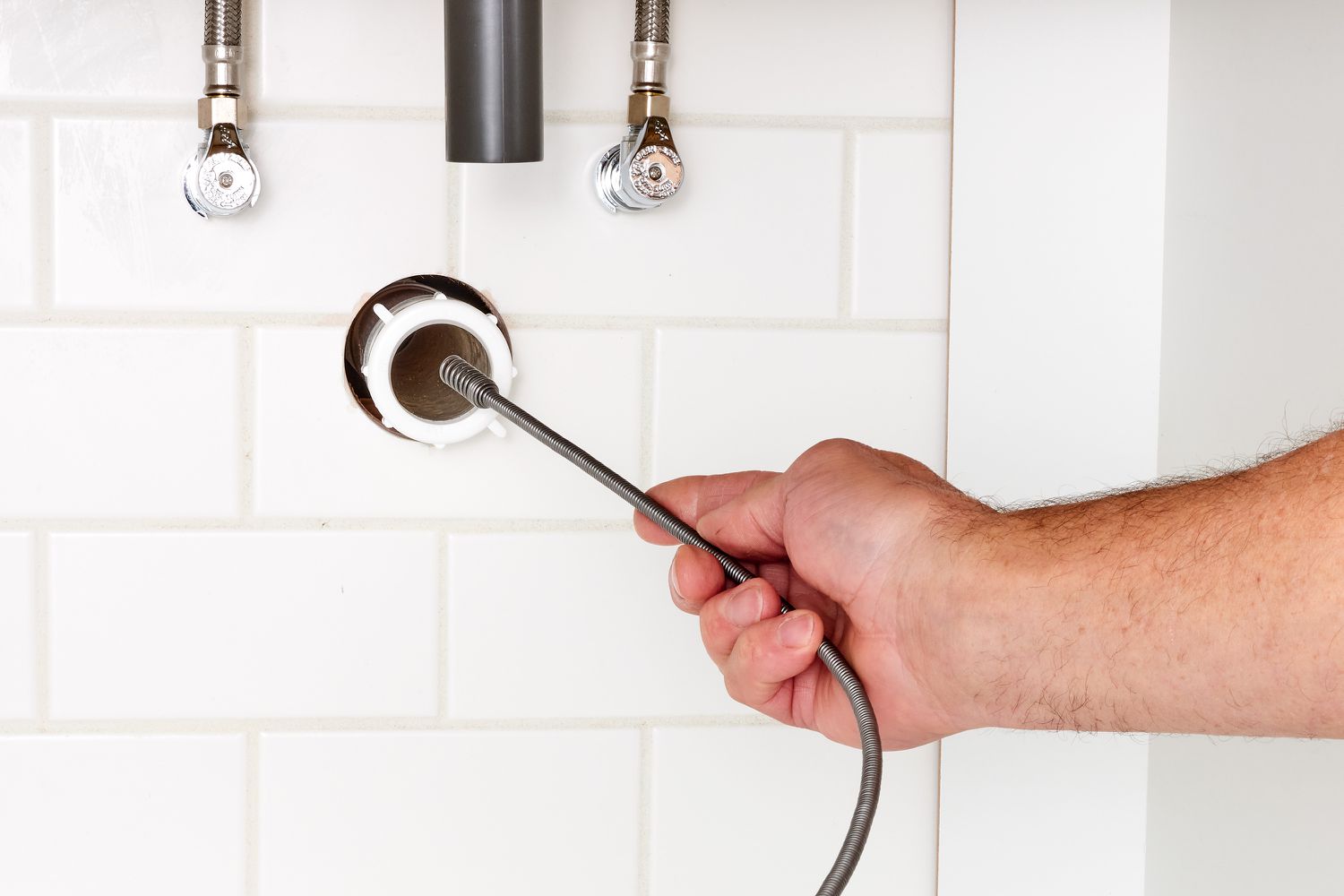

Articles
How To Make A Plumbing Snake Turn Corners
Modified: January 8, 2024
Learn how to navigate corners with a plumbing snake in this informative article. Find out the best techniques to make your plumbing job easier and more efficient.
(Many of the links in this article redirect to a specific reviewed product. Your purchase of these products through affiliate links helps to generate commission for Storables.com, at no extra cost. Learn more)
Introduction
Plumbing issues can be a major headache for homeowners. Clogged drains and pipes can disrupt daily routines and cause water damage to your property. When faced with stubborn blockages, a plumbing snake can be an invaluable tool. This flexible, coiled wire can navigate through pipes, breaking up debris and clearing the way for proper water flow.
However, not all plumbing snakes are created equal. One of the challenges that many DIY plumbers face is maneuvering the snake through tight corners and bends in the plumbing system. Turning corners can often be a tricky and frustrating task, but with the right techniques and tools, you can effectively navigate those turns and successfully clear the clogs.
In this article, we will explore the methods and techniques to help you make a plumbing snake turn corners effortlessly. Whether you’re a homeowner tackling a simple clog or a professional plumber looking to enhance your skills, this guide will provide you with the knowledge you need to confidently handle any corner you encounter.
Key Takeaways:
- Master the techniques and tools for turning corners with a plumbing snake to effectively clear blockages and keep your plumbing system running smoothly. Prioritize safety, proper handling, and regular maintenance for optimal results.
- Choose the right type of plumbing snake, prepare it properly, and utilize effective techniques to navigate corners effortlessly. Troubleshoot common issues with patience and proactive maintenance to ensure successful blockage removal.
Read more: How Much Is A Plumbing Snake
What is a Plumbing Snake?
A plumbing snake, also known as a drain auger or a plumber’s snake, is a versatile tool used to clear clogged drains and pipes. It consists of a long, flexible cable with a coiled metal wire at the end. The snake is inserted into the drain or pipe and, by rotating and pushing, it breaks up blockages and allows water to flow freely once again.
Plumbing snakes come in different lengths and thicknesses, depending on the size of the pipe and the severity of the blockage. They can be manual, operated by hand cranks, or power-operated, using electric motors for a more efficient and powerful operation. The choice of snake will depend on the specific needs of the plumbing job.
Plumbing snakes are beneficial for both residential and commercial plumbing systems. They can be used to clear blockages in sinks, toilets, bathtubs, and showers. With their ability to reach deep into pipes, they are effective in removing hair, grease, food particles, and other debris that cause clogs.
Plumbing snakes are a cost-effective and environmentally friendly solution to common plumbing problems. Instead of relying on harsh chemicals that can be harmful to the environment and your pipes, a plumbing snake mechanically breaks up the blockage, ensuring a thorough cleaning without causing any damage.
The flexibility of a plumbing snake is key to its effectiveness. It allows the snake to navigate through curved pipes, making it essential for tackling corners in the plumbing system. However, turning corners can be a challenge, as the snake can get stuck or lose its grip on the blockage. Mastering the technique of navigating corners with a plumbing snake is crucial for a successful plumbing job.
Understanding the Need to Turn Corners
In any plumbing system, corners and bends are common features. Whether it’s the curves in the pipes under your sink or the twists and turns within your main sewer line, navigating these corners is essential to reach and clear blockages effectively.
There are several reasons why understanding how to turn corners with a plumbing snake is important:
- Complete Blockage Removal: When a clog occurs, it may not be located directly at the access point. It could be further down the pipes, around a corner or bend. If you’re unable to effectively navigate the snake through these corners, you risk leaving behind a portion of the blockage that can cause future problems.
- Preventing Damage: Mishandling a plumbing snake while turning corners can lead to damage to the pipes or the snake itself. Applying excessive force or using incorrect techniques can result in broken pipes, leaks, or a stuck snake. Understanding how to maneuver the snake through corners will minimize the risk of causing further damage.
- Efficient Clearing: Turning corners smoothly and effectively allows for a more efficient clearing process. Instead of spending unnecessary time and effort repeatedly trying to navigate around corners, mastering the techniques will help you clear blockages quickly.
By understanding the importance of turning corners properly, you can ensure a thorough and successful plumbing job. Using the right techniques and equipment will not only help you clear the current blockage but also prevent future issues from arising.
Types of Plumbing Snakes Suitable for Turning Corners
When it comes to turning corners with a plumbing snake, having the right type of snake is crucial. Here are some of the common types of plumbing snakes that are suitable for navigating corners:
- Flexible Cable Snakes: These types of snakes are made up of a long, flexible cable that can easily bend and maneuver through tight corners. They are available in various lengths and thicknesses to accommodate different pipe sizes. The flexibility of the cable allows it to navigate around bends without getting stuck or losing its grip on the blockage.
- Sectional Snakes: Rather than a long, continuous cable, sectional snakes consist of multiple shorter cable sections that can be connected together. This allows for greater flexibility and maneuverability in navigating corners. By attaching and detaching the sections as needed, you can easily navigate through tight bends and reach deeper into the plumbing system.
- Tubing Snakes: Tubing snakes are ideal for smaller pipes, such as those found in bathroom sinks and showers. They are designed with a thin, flexible tube that can easily navigate through tight corners and bends. These snakes are especially helpful in clearing hair and soap scum blockages that commonly occur in these types of pipes.
- Power-Operated Snakes: Power-operated snakes, also known as electric drain snakes or sewer machines, offer additional strength and torque to tackle tougher blockages. These snakes are equipped with electric motors that drive the rotation of the cable. With increased power, they can effectively navigate through corners and remove stubborn blockages.
When choosing a plumbing snake, consider the specific requirements of your plumbing system and the nature of the blockages you usually encounter. Ensure that the snake you select is suitable for turning corners and maneuvering through the pipes in your home.
It’s important to note that regardless of the type of snake you use, proper technique and handling are essential for successful corner navigation. Understanding how to use the snake effectively and skillfully will greatly improve your ability to turn corners and clear blockages efficiently.
Preparing the Plumbing Snake
Before attempting to turn corners with a plumbing snake, it’s essential to properly prepare the snake for the task at hand. Here are some important steps to follow:
- Select the Right Snake: Choose a plumbing snake that is suitable for the size of the pipes you’re working on. Consider the length and thickness of the snake to ensure it can reach the blockage and navigate corners effectively.
- Inspect the Snake: Before using the snake, examine it for any signs of damage, such as frayed cables or worn-out attachments. Ensure that the snake is in good condition to prevent any unexpected issues while navigating corners.
- Wear Proper Protective Gear: Put on gloves and safety goggles to protect your hands and eyes from debris and potential splashes. Additionally, wearing a face mask is advisable, especially if you’re working in a confined space with poor ventilation.
- Unlock and Attach the Cable: If using a sectional snake, unlock and attach the cable sections together as needed. Ensure that the connections are secured properly to prevent any separation or dislodging while maneuvering the snake through corners.
- Apply Lubrication: Applying a small amount of lubricant, such as grease or dish soap, to the end of the snake can help ease its movement through the pipes. This will reduce friction and allow the snake to navigate corners more smoothly.
- Extend the Snake: Extend the snake fully, leaving only a short length exposed. This will provide better control and prevent the snake from becoming tangled or stuck in the pipes during corner navigation.
- Ensure Proper Grip: Double-check that the snake’s attachments, such as hooks or blades, are securely fastened. This will allow the snake to grab onto the blockage firmly and enhance its ability to turn corners without slipping or losing grip.
By following these preparatory steps, you’ll be ready to navigate corners with your plumbing snake effectively and efficiently. Taking the time to properly prepare the snake will minimize the chances of encountering problems and ensure a smoother experience during the clearing process.
When using a plumbing snake to navigate corners, make sure to feed the snake slowly and steadily to prevent it from getting stuck. You can also use a guide or a helper to assist in maneuvering the snake around tight bends.
Read more: Where To Buy A Plumbing Snake
Techniques for Turning Corners with a Plumbing Snake
Navigating corners with a plumbing snake requires a combination of technique and skill. By following these techniques, you’ll be able to effectively turn corners and clear blockages with ease:
- Slow and Steady: When approaching a corner, take your time and move the snake slowly. Rapid movements can cause the snake to lose its grip or get tangled in the pipes. Maintain a steady and controlled pace to ensure smooth navigation.
- Rotate the Cable: As you encounter the corner, rotate the cable clockwise or counterclockwise to enhance its ability to navigate the bend. This twisting motion will help the snake maneuver through the curve without getting stuck.
- Apply Gentle Pressure: Apply gentle forward pressure as you turn the snake through the corner. This will help guide the snake along the pipe’s curvature and push through any resistance caused by the blockage. Avoid exerting excessive force, as it can lead to pipe damage.
- Use the Right Attachments: Attachments, such as hooks or blades, can aid in gripping and breaking up the blockage. Choose the appropriate attachment based on the type of clog you’re dealing with. These attachments can help improve the snake’s ability to turn corners smoothly while effectively clearing the obstruction.
- Listen and Feel: Pay attention to any changes in sound or resistance as you navigate the corners. Unusual sounds or sudden increases in resistance could indicate that the snake is encountering a significant blockage or potential pipe damage. Adjust your technique accordingly or seek professional help if necessary.
- Advance and Retreat Technique: If you encounter a particularly challenging corner or a tight bend, consider using the advance and retreat technique. Gently push the snake forward a few inches, then pull it back slightly before advancing again. This back-and-forth motion can help negotiate difficult corners with greater control.
- Tap and Wiggle: If the snake gets stuck in a corner, tapping and wiggling it can help free it. Use a gentle tapping motion on the cable while applying a slight back-and-forth wiggle. This can dislodge the snake and allow it to continue its movement.
Remember to remain patient and persistent while turning corners with a plumbing snake. With practice, you’ll develop a feel for the snake’s movements and become more adept at navigating corners smoothly and effectively.
Proper Handling and Safety Measures
When using a plumbing snake to turn corners and clear blockages, it’s important to prioritize safety and handle the tool correctly. Follow these proper handling and safety measures to ensure a safe and successful plumbing job:
- Wear Protective Gear: Always wear protective gloves, safety goggles, and a face mask to shield yourself from debris, splashes, and potential exposure to harmful substances.
- Read the Instructions: Familiarize yourself with the manufacturer’s instructions for operating the specific plumbing snake you’re using. Each model may have unique features and guidelines that you should follow for optimal performance.
- Secure the Snake: Ensure that the snake is securely locked in place before using it. Loose attachments or an improperly fastened cable can lead to accidents or damage to the plumbing system.
- Maintain Proper Posture: Maintain a comfortable and stable posture while operating the snake. This will provide better control and reduce the risk of strain or injury. Avoid excessive bending or twisting of your body during the process.
- Avoid Excessive Force: Use moderate and controlled force when operating the snake. Excessive force can damage pipes, cause leaks, or snap the cable. Let the snake’s weight and rotational motion do the work for you.
- Keep the Area Well-Ventilated: If you’re working in an enclosed space, ensure proper ventilation to prevent the accumulation of harmful fumes or gases. Open windows or use fans to maintain fresh air circulation.
- Know the Location of Utilities: Before beginning any plumbing work, be aware of the location of gas, water, and electrical lines. Accidentally damaging these utilities can have serious consequences. If you’re unsure, contact a professional plumber for assistance.
- Regularly Inspect the Snake: Regularly inspect your plumbing snake for any signs of wear, damage, or defects. Address any issues promptly to maintain its effectiveness and prevent accidents.
- Work with a Buddy: When dealing with more complex or challenging plumbing jobs, having a second person to assist you can be beneficial. They can provide support, feedback, and an extra set of hands when needed.
- Know When to Seek Professional Help: Be aware of your limitations. If you’re facing a particularly stubborn or complex blockage, or if you’re uncomfortable performing the task yourself, it’s best to seek the help of a professional plumber. They have the expertise and specialized equipment to handle more challenging situations.
By following proper handling techniques and safety measures, you can significantly reduce the risk of accidents, injuries, and damage to your plumbing system. Prioritize safety at all times, and don’t hesitate to ask for professional assistance when needed.
Troubleshooting Tips for Turning Corners
Despite your best efforts, there may still be situations where you encounter challenges while turning corners with a plumbing snake. Here are some troubleshooting tips to help you overcome common issues:
- Snake Getting Stuck: If the snake gets stuck in a corner, avoid applying excessive force to dislodge it. Instead, try gently wiggling and twisting the snake while applying slight forward pressure. This motion can help free the snake and allow it to continue its movement.
- Losing Grip on the Blockage: If you find that the snake is losing its grip on the blockage while turning corners, check that the attachments are securely fastened. Consider using a different attachment that provides better gripping capability, such as a hook or a blade.
- Insufficient Length: If the snake is not long enough to reach the blockage or navigate through the corners, you may need to attach additional cable sections. Ensure that the connections are properly secured to prevent any separation or dislodging while in use.
- Unexpected Resistance: If you encounter increased resistance while turning corners, it could indicate a significant blockage or potential pipe damage. Stop applying force immediately to prevent further damage. Seek professional assistance to assess and resolve the issue safely and effectively.
- Ineffective Clearing: If the snake is unable to clear the blockage even after successfully turning corners, try a different technique. For example, you may need to rotate the cable more vigorously or use a different attachment to break up the stubborn blockage.
- Repeated Clogs: If you find that the same pipe keeps experiencing clogs and difficulties in turning corners, it may be an indication of a more significant issue, such as damaged pipes or a collapsed sewer line. In such cases, it is best to consult a professional plumber to identify and address the underlying problem.
- Regular Maintenance: To minimize the chances of encountering problems while turning corners, ensure regular maintenance of your plumbing system. Periodically clear debris and perform preventive measures, such as using drain screens or enzymatic cleaners, to prevent blockages from forming in the first place.
Remember that troubleshooting and resolving more complex plumbing problems may require the expertise of a professional. Don’t hesitate to seek professional help if you’re unsure or if the issue persists despite your best efforts.
By utilizing these troubleshooting tips and being proactive with your plumbing maintenance, you can enhance your ability to navigate corners successfully and keep your plumbing system running smoothly.
Conclusion
Turning corners with a plumbing snake may seem like a challenging task, but with the right techniques, tools, and safety measures, it can be effectively accomplished. By understanding the importance of corner navigation and following the proper steps, you can confidently tackle clogged drains and pipes, ensuring the thorough removal of blockages.
When using a plumbing snake, selecting the appropriate type and size for your plumbing system is crucial. Flexible cable snakes, sectional snakes, tubing snakes, and power-operated snakes are all viable options for turning corners and maneuvering through pipes.
Proper handling and safety measures are essential to protect yourself, your plumbing system, and the snake itself. Wearing protective gear, inspecting the snake for any damage, securing the snake properly, and maintaining good posture are some key aspects to consider.
Mastering the techniques for turning corners with a plumbing snake is key to a successful plumbing job. Slow and steady movements, rotating the cable, applying gentle pressure, and using the right attachments are all crucial aspects to remember.
In the event of any troubleshooting, such as the snake getting stuck or losing grip on the blockage, there are steps you can take to overcome these challenges. Patience, gentle movements, and consideration of different techniques can help you navigate through the toughest corners.
In conclusion, with the knowledge and skills gained from this article, you can confidently navigate corners with a plumbing snake, effectively clearing clogs and keeping your plumbing system in optimal condition. Remember to prioritize safety, reach out for professional assistance when needed, and maintain regular maintenance to prevent future blockages. By employing these techniques, you’ll be well-equipped to handle any plumbing challenge that comes your way.
Frequently Asked Questions about How To Make A Plumbing Snake Turn Corners
Was this page helpful?
At Storables.com, we guarantee accurate and reliable information. Our content, validated by Expert Board Contributors, is crafted following stringent Editorial Policies. We're committed to providing you with well-researched, expert-backed insights for all your informational needs.
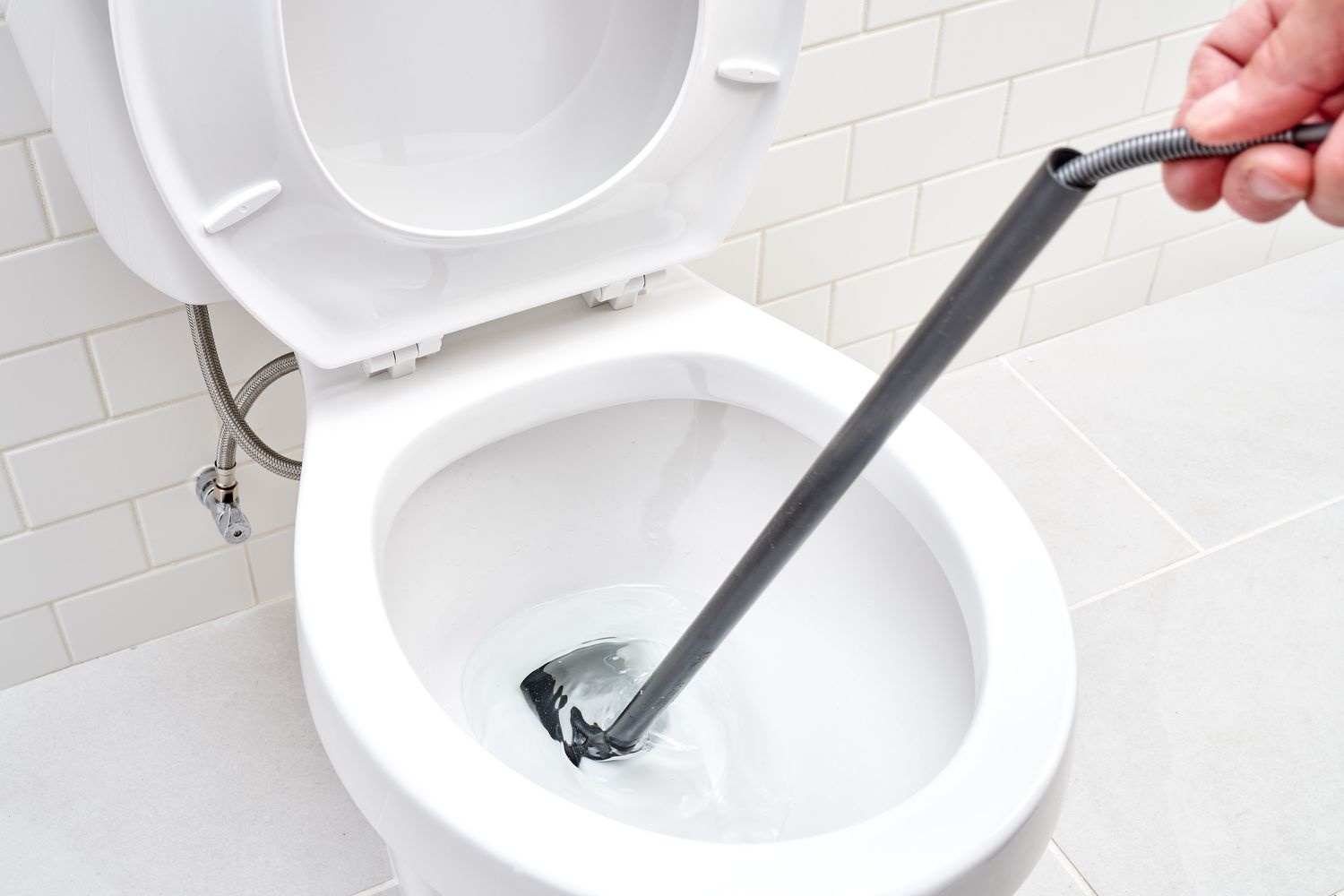
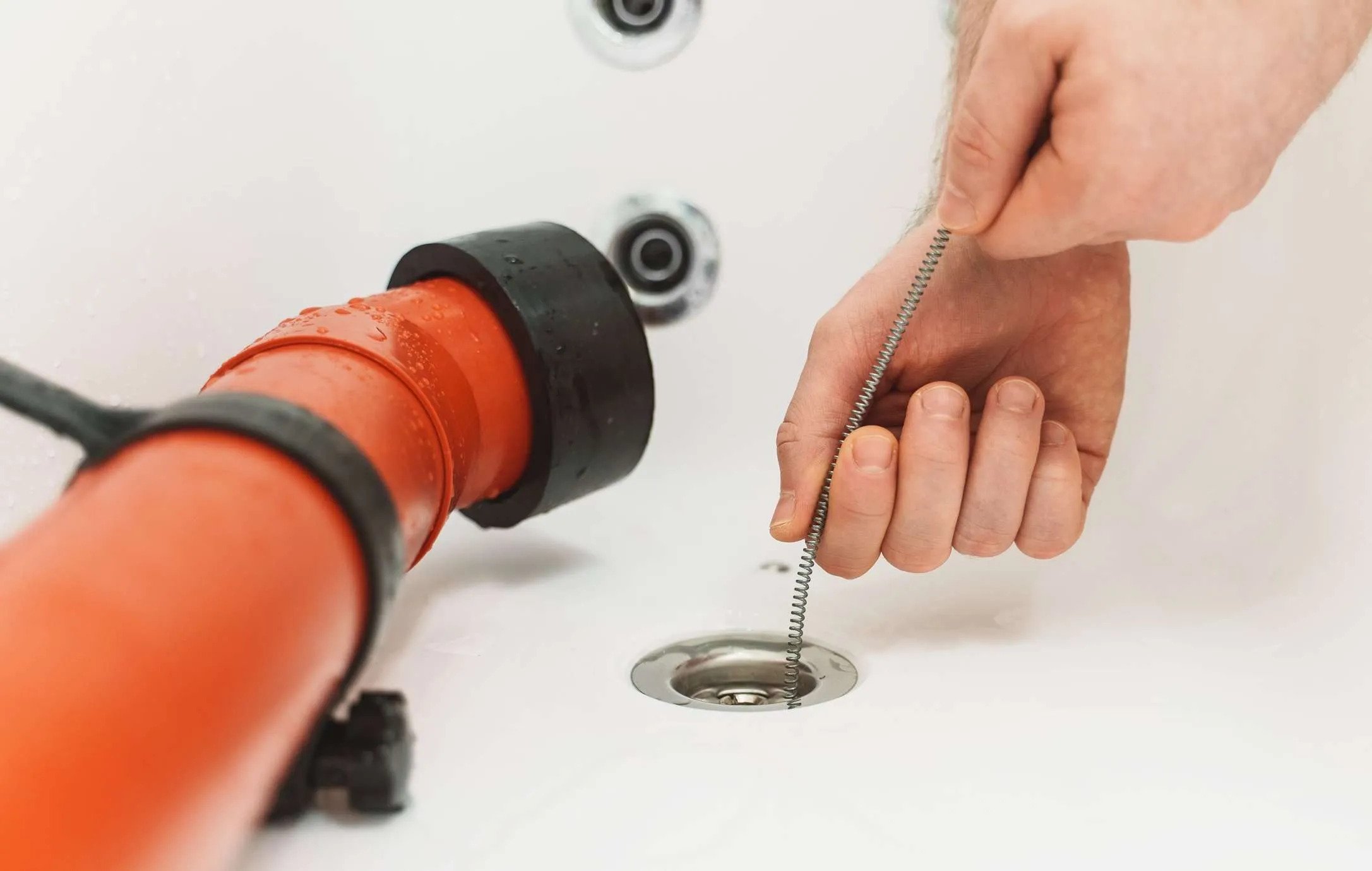
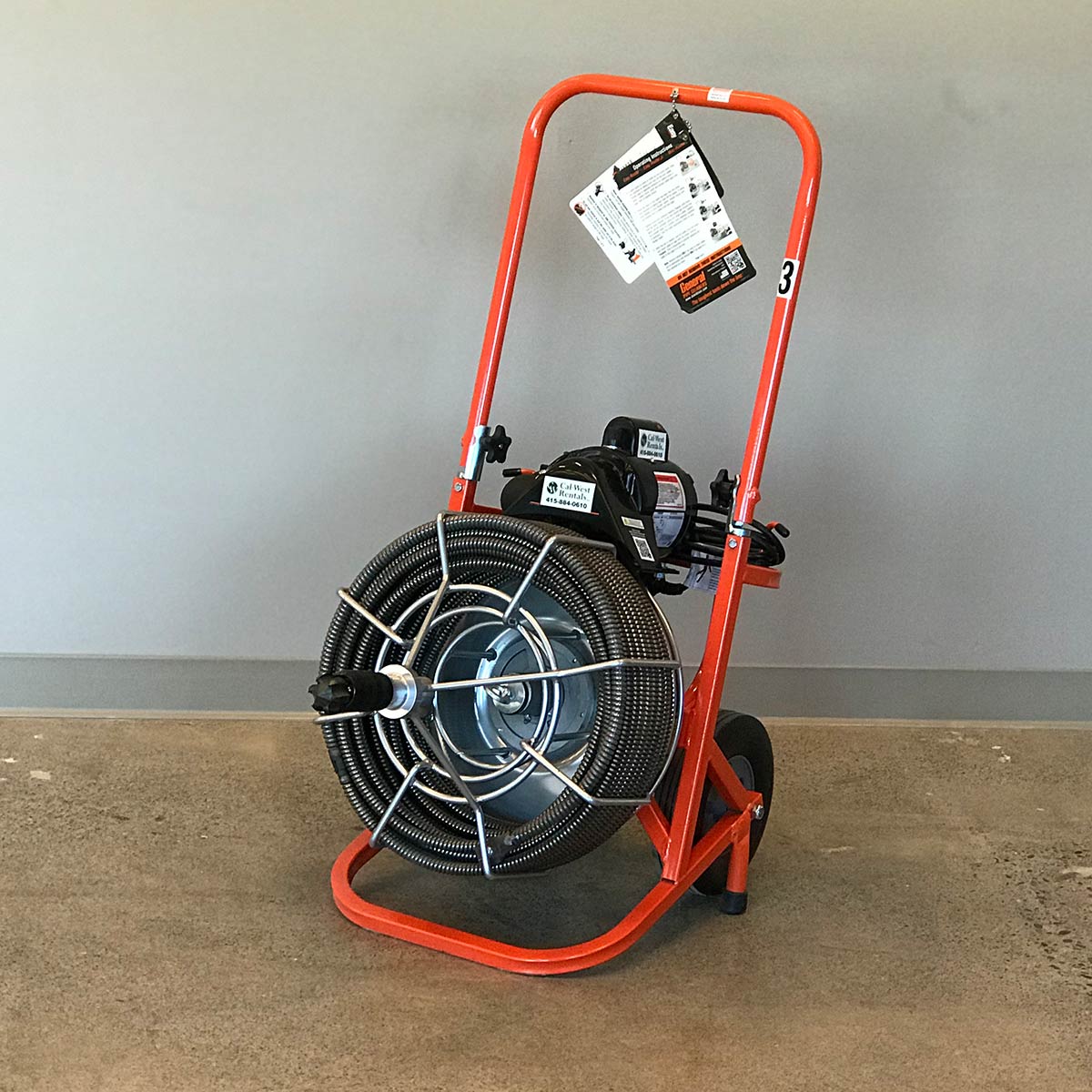
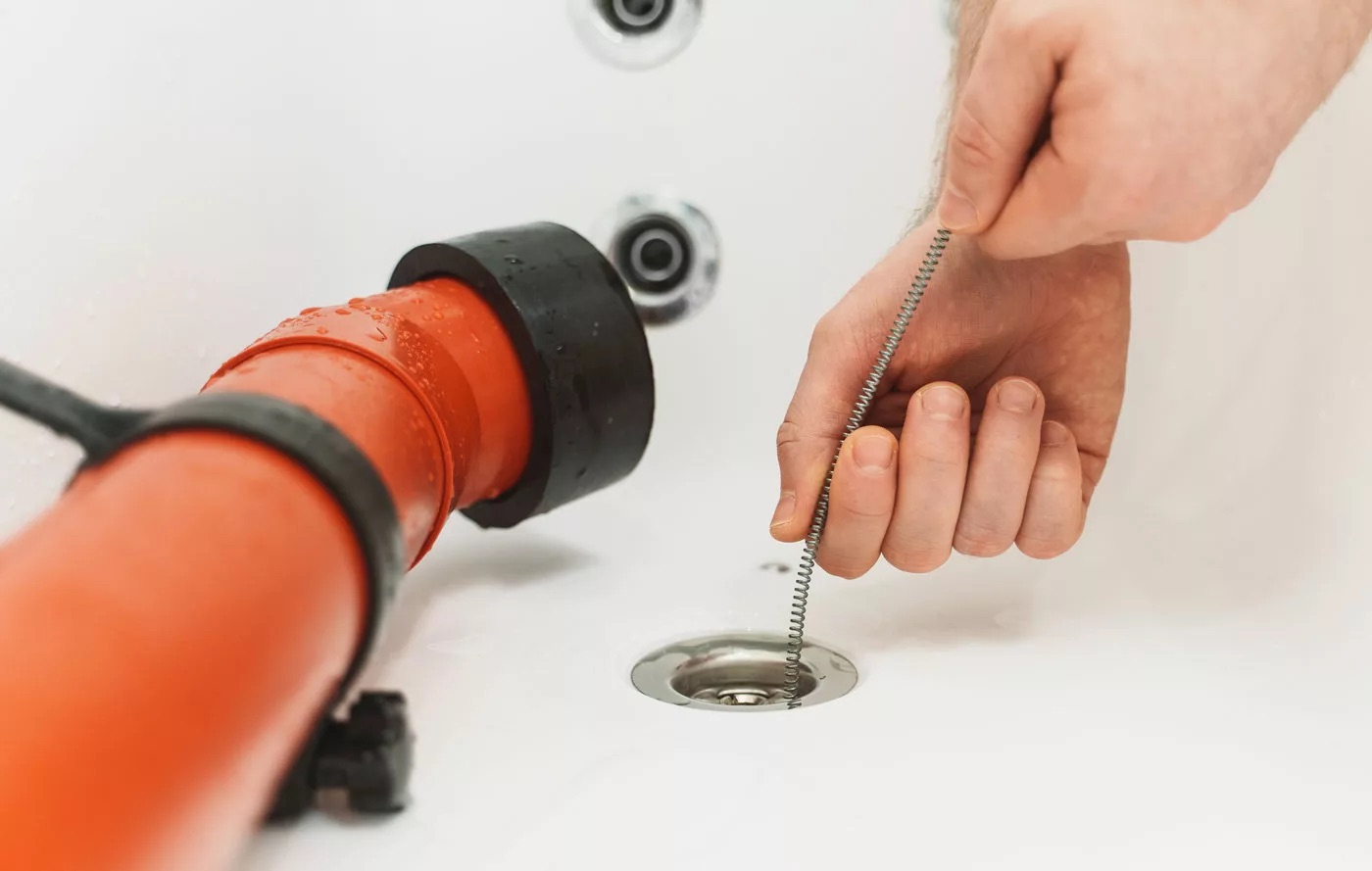
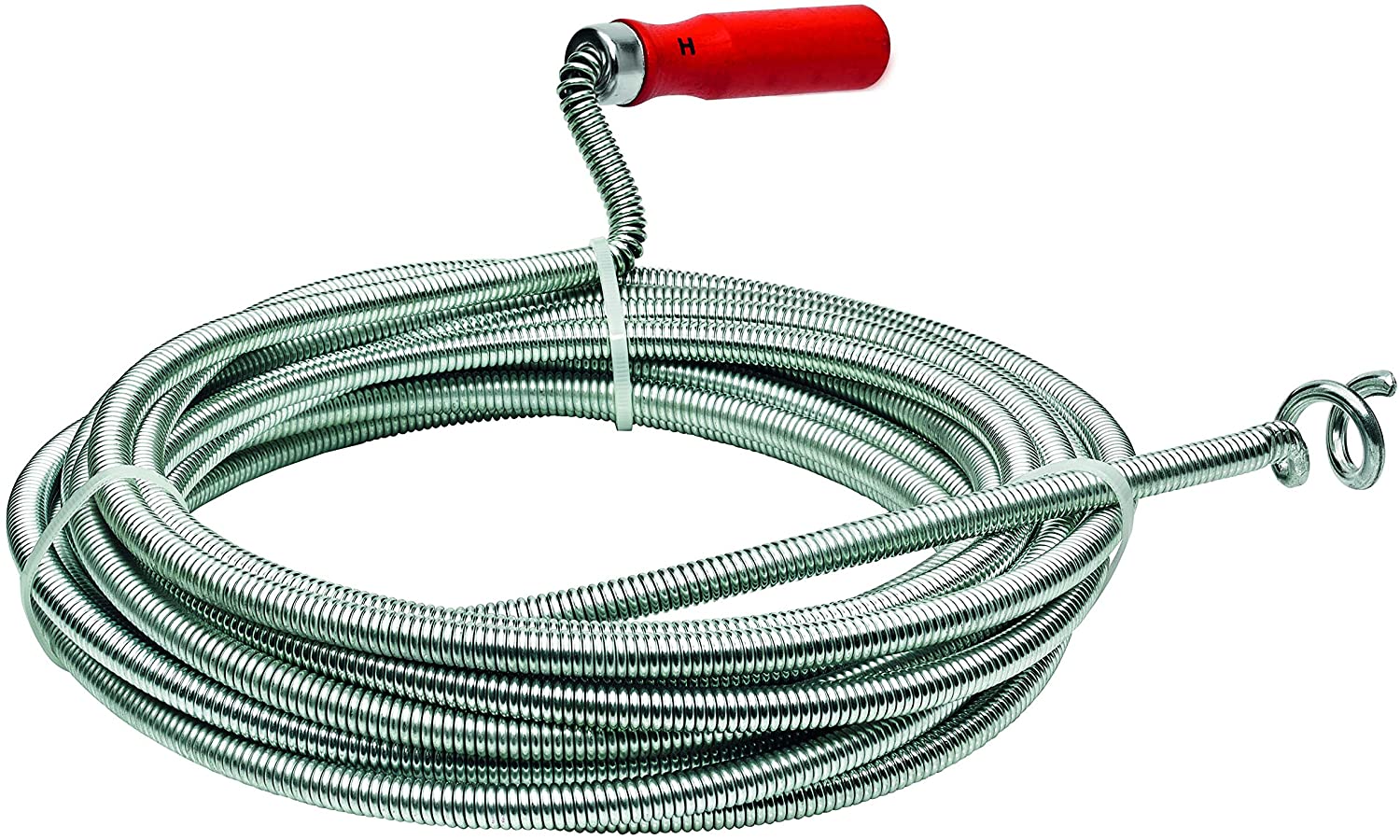
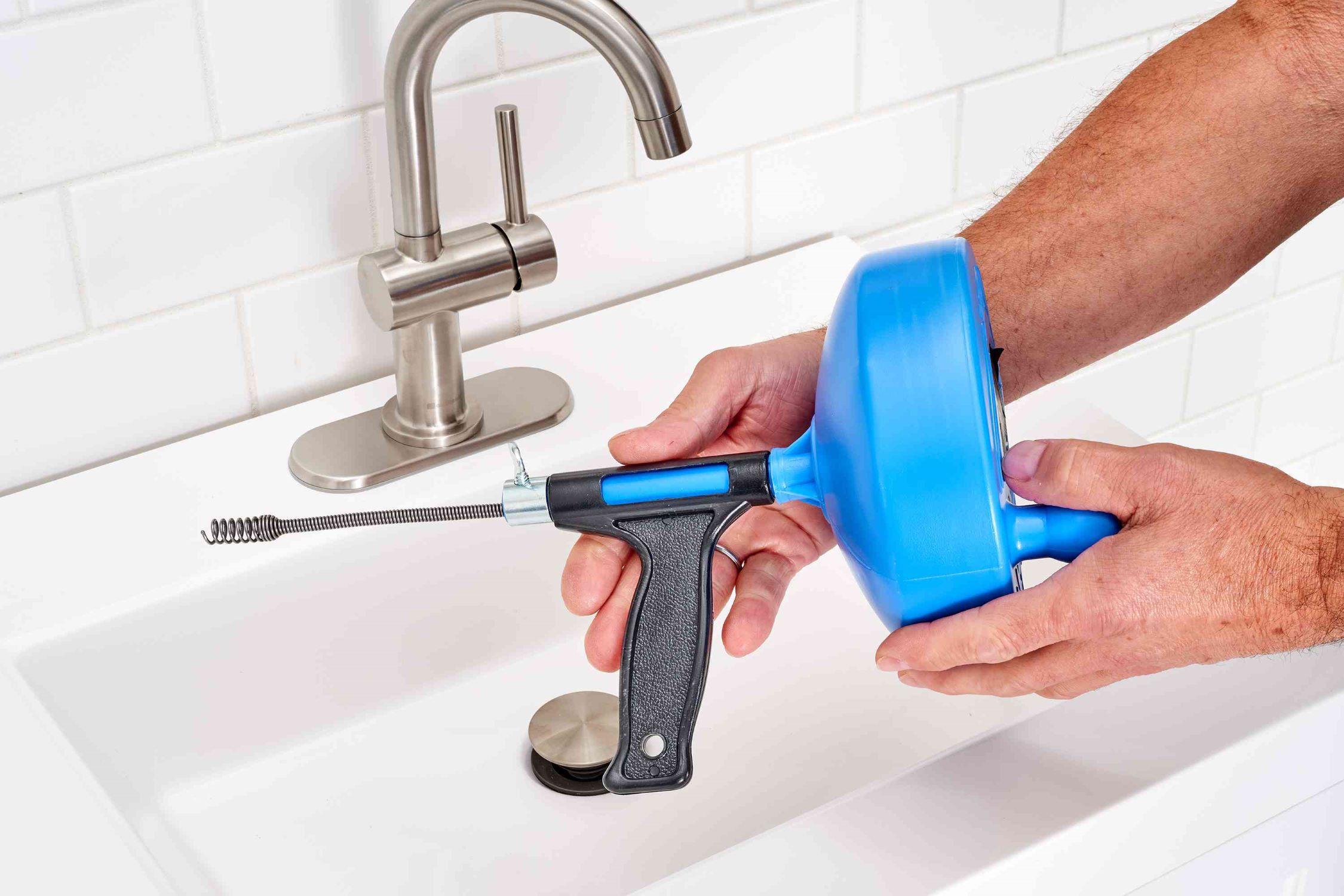


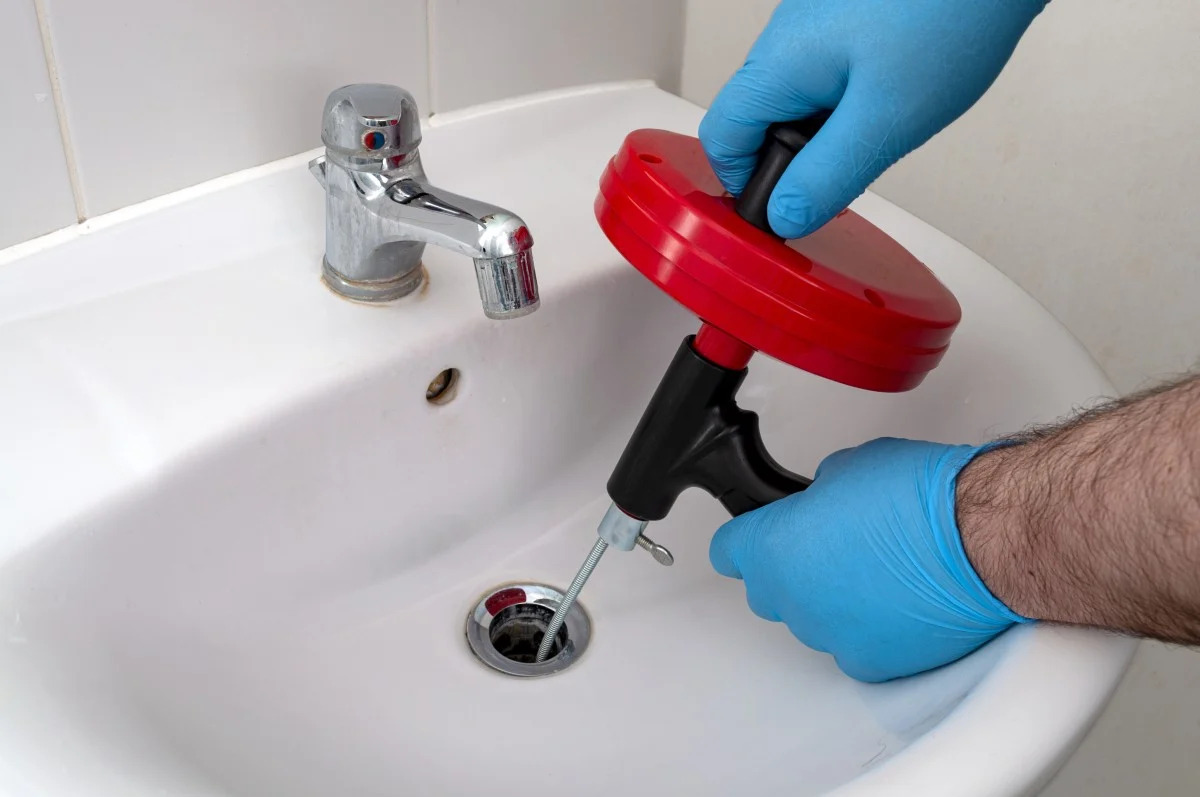
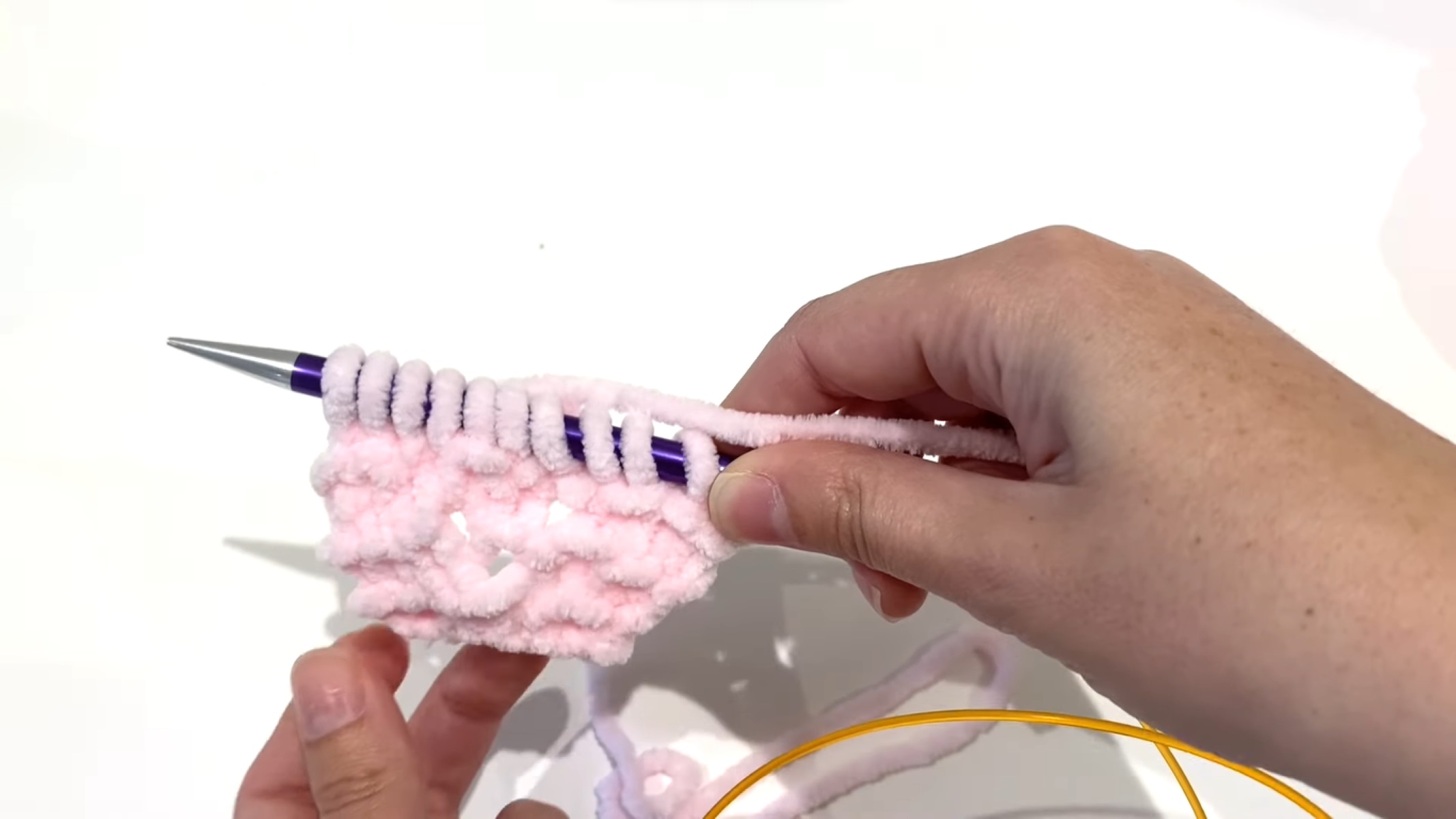
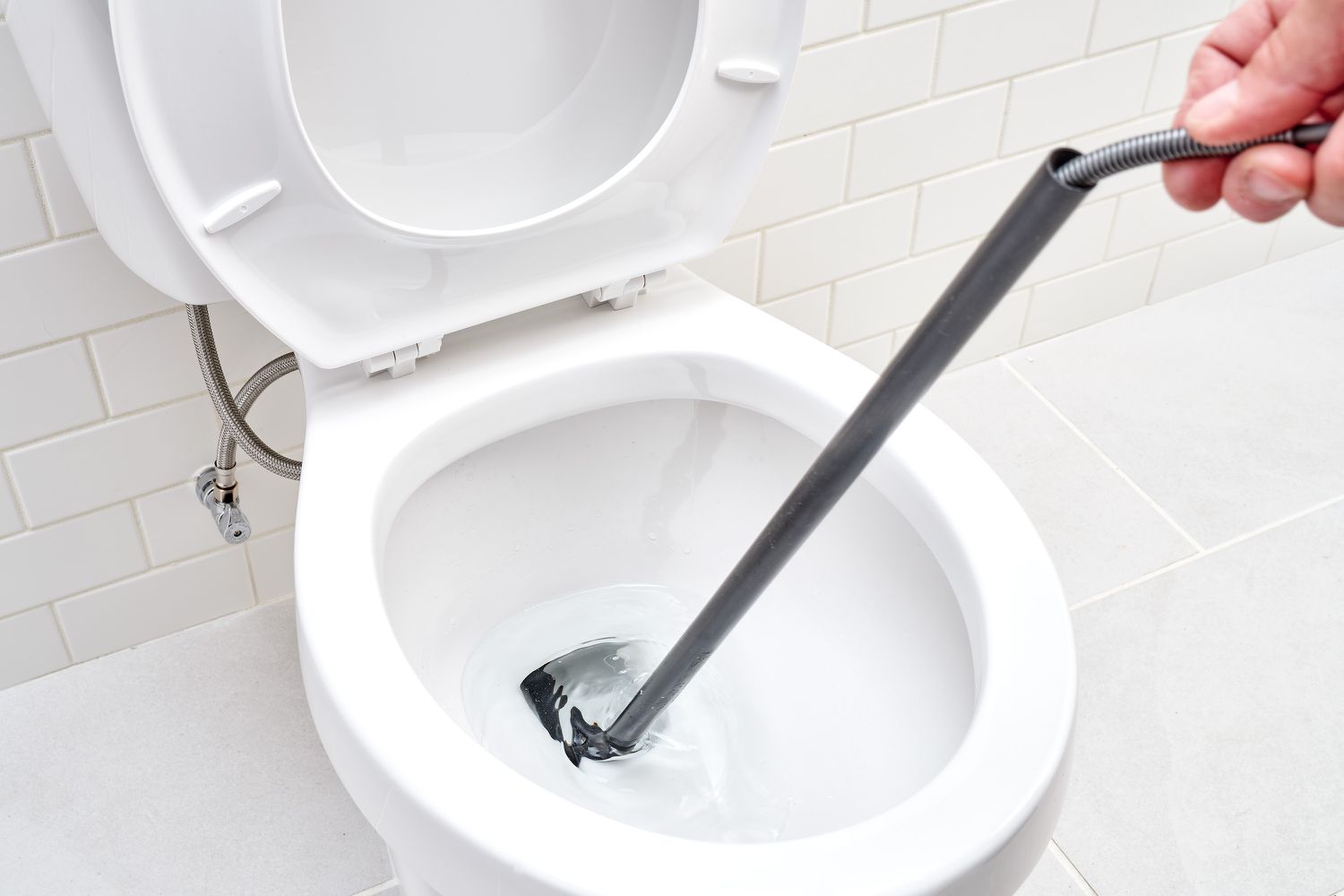

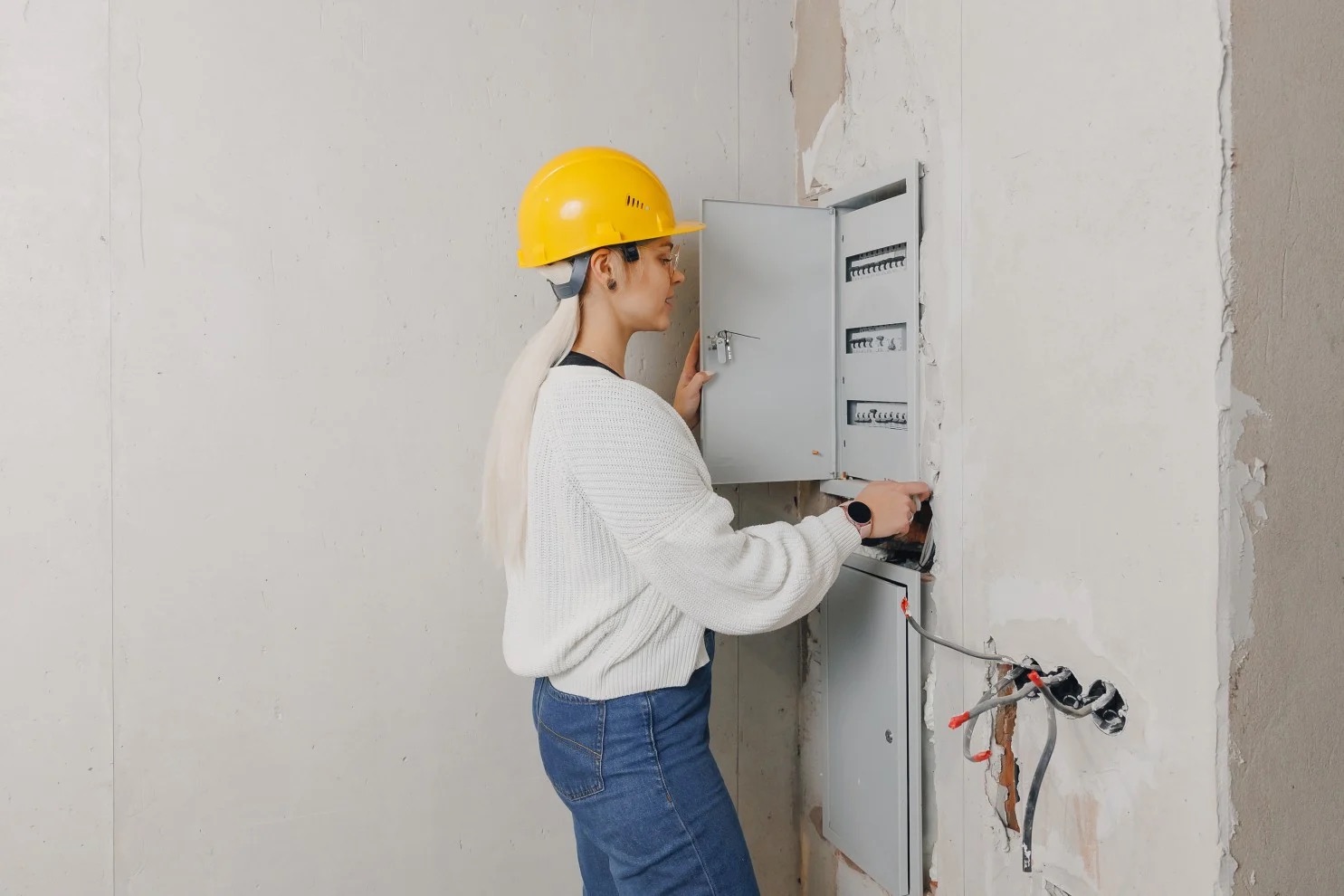
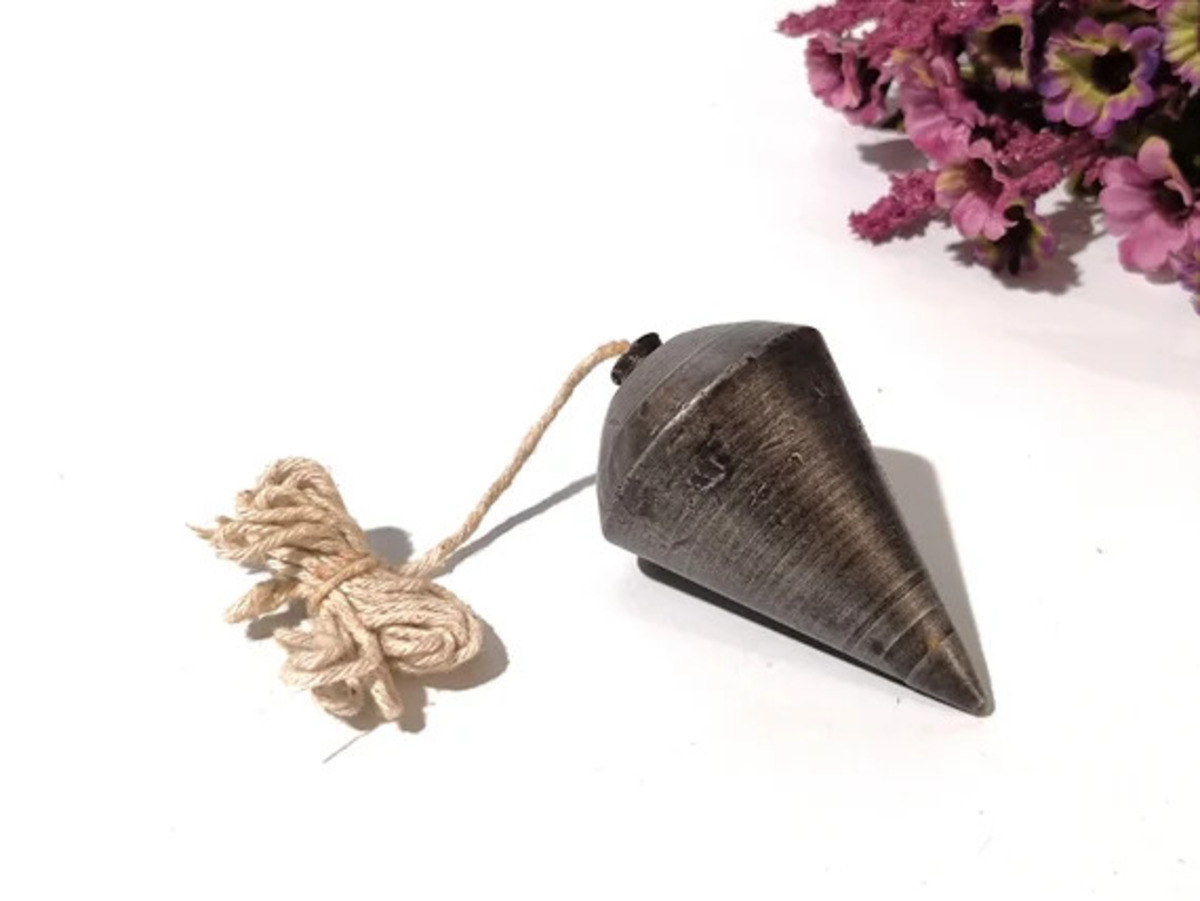

0 thoughts on “How To Make A Plumbing Snake Turn Corners”